Pak Choi Seeds
Pak Choi Seeds, also known as Bok Choy (Brassica rapa subsp. chinensis), is a type of Chinese cabbage widely cultivated for its tender, crisp stems and flavorful leaves. It’s a fast-growing vegetable, making it a popular choice for home gardeners and those looking to grow nutritious leafy greens. Pak Choi is a cool-season crop, known for its high yield and adaptability in various growing conditions.
Key Characteristics of Pak Choi Seeds:
- Scientific Name: Brassica rapa subsp. chinensis
- Common Names: Pak Choi, Bok Choy, Chinese Cabbage
- Family: Brassicaceae (Mustard family)
- Type: Annual or biennial vegetable
Appearance:
- Leaves and Stems:
- Pak Choi has dark green, spoon-shaped leaves and thick, white or light green stems. Both the leaves and stems are edible, with a mild, slightly peppery flavor. The stems are crisp and succulent, while the leaves are tender.
- Size:
- Depending on the variety, Pak Choi can grow between 6-18 inches tall. Baby Pak Choi varieties are harvested earlier and are smaller in size.
Growing Conditions for Pak Choi Seeds :
- Light:
- Pak Choi prefers full sun but can also grow in partial shade, especially in hot climates. Ensure the plant gets at least 4-6 hours of sunlight daily for optimal growth.
- Soil:
- The plant thrives in well-draining, fertile soil rich in organic matter. A slightly acidic to neutral pH (6.0-7.5) is ideal for Pak Choi. Amend the soil with compost or well-rotted manure to improve fertility.
- Watering:
- Pak Choi requires consistent moisture for optimal growth. Water deeply and regularly to keep the soil evenly moist, but avoid waterlogging. Mulching around the plants can help retain moisture and regulate soil temperature.
- Temperature:
- Pak Choi is a cool-season vegetable and grows best in temperatures between 55-75°F (13-24°C). It can tolerate light frosts but may bolt (flower prematurely) in hot weather, so it’s best to plant it in early spring or fall.
Care and Maintenance of Pak Choi Seeds:
- Fertilization:
- Pak Choi is a heavy feeder. Apply a balanced fertilizer or compost at planting and again midway through the growing season to ensure strong growth. Avoid over-fertilizing, as it can encourage leafy growth at the expense of flavor.
- Pest Control:
- Pak Choi is susceptible to pests such as aphids, cabbage worms, and flea beetles. Regularly inspect your plants for signs of infestation and use organic pest control methods, such as neem oil or insecticidal soap, to keep pests in check.
- Diseases:
- Pak Choi can be affected by fungal diseases such as powdery mildew or downy mildew, especially in humid conditions. Proper spacing, good air circulation, and avoiding overhead watering can help prevent these diseases.
- Weed Control:
- Mulching helps suppress weeds and retains soil moisture. Hand weed around the plants to avoid competition for nutrients and water.
Harvesting Pak Choi:
- Timing:
- Pak Choi can be harvested in about 45-60 days, depending on the variety. You can harvest it when the plant reaches about 6-10 inches in height. Baby Pak Choi varieties can be harvested earlier, around 30-40 days.
- Method:
- Cut the entire plant at the base with a sharp knife, or harvest individual outer leaves as needed, allowing the center to continue growing for future harvests.
Culinary Uses:
- Stir-Fries:
- Pak Choi is commonly used in stir-fries for its tender leaves and crunchy stems. Its mild flavor complements a wide variety of dishes.
- Salads:
- Young Pak Choi leaves can be eaten raw in salads. They add a crisp, slightly peppery flavor to fresh greens.
- Soups and Stews:
- Pak Choi is often added to soups, broths, and stews for a nutritious, leafy green component.
Nutritional Benefits:
Pak Choi is highly nutritious and low in calories. It’s rich in:
- Vitamins: High in Vitamin A, C, and K.
- Minerals: Contains calcium, potassium, and iron.
- Antioxidants: Packed with antioxidants that support overall health and reduce inflammation.

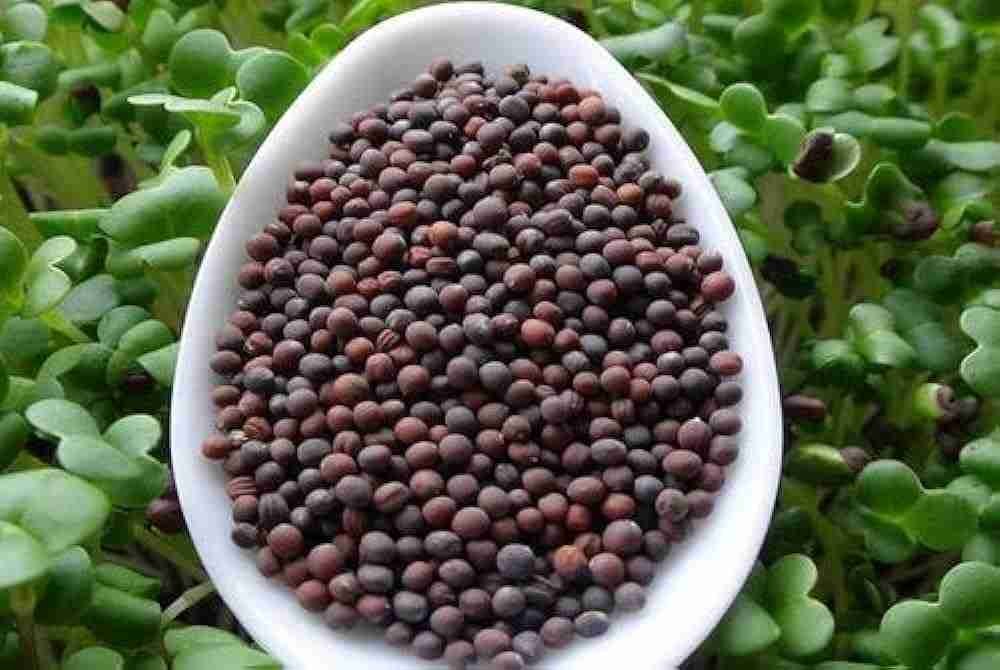
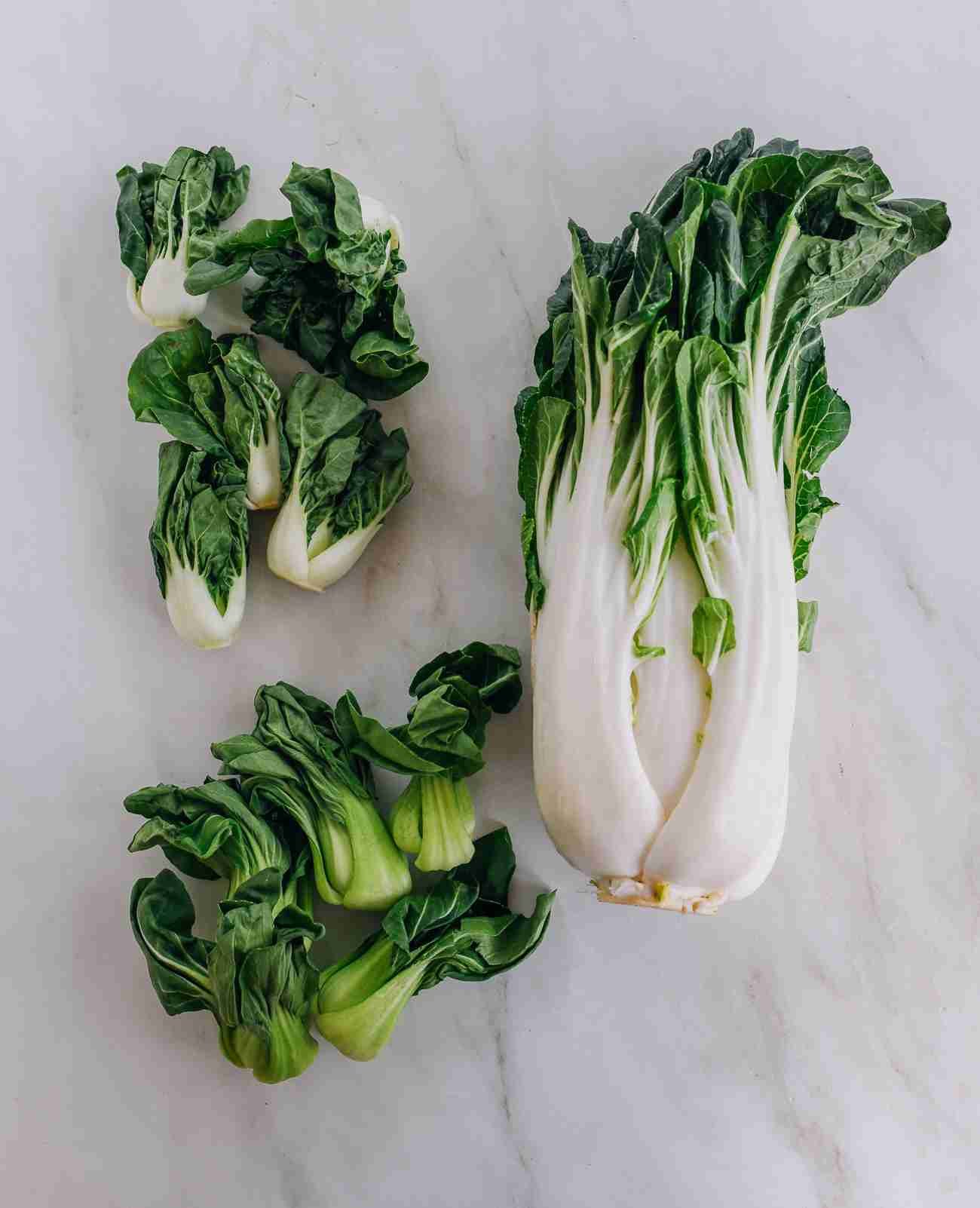
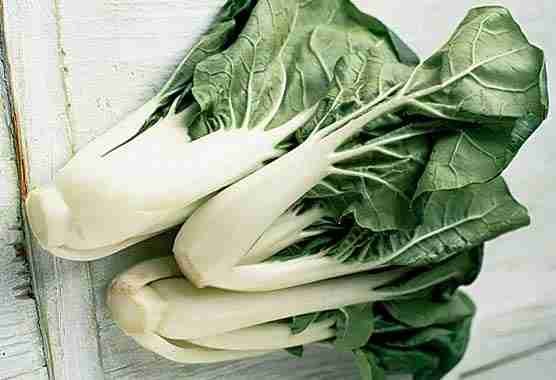

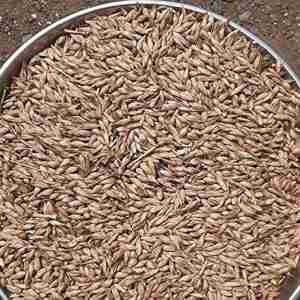
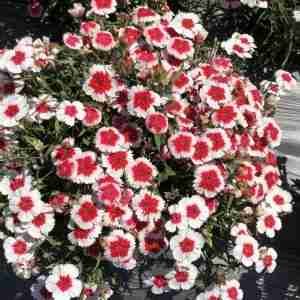
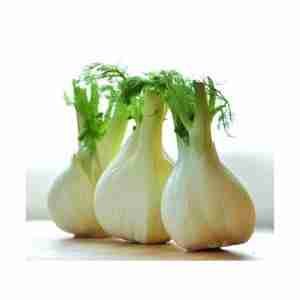

Reviews
There are no reviews yet.